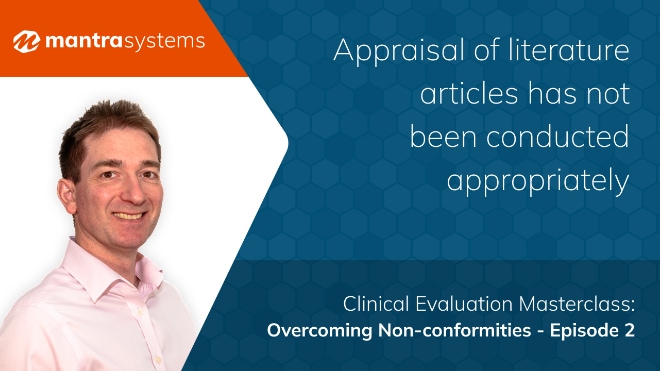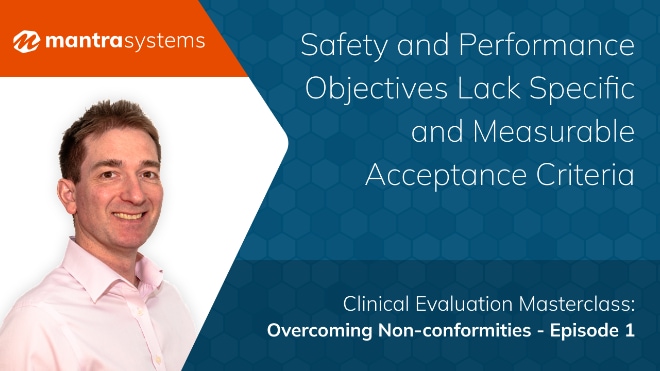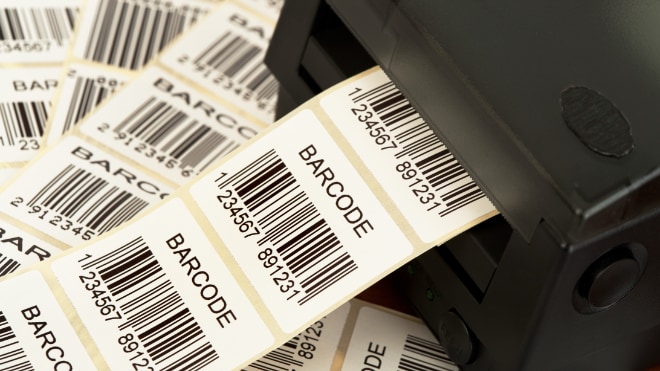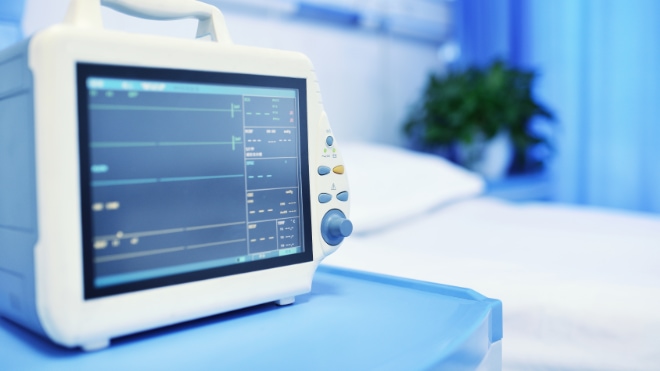
Anyone who’s worked in the medical device industry knows that regulatory deadlines aren’t just part of the process—they define it.
Whether you’re drafting a Clinical Evaluation Report (CER) or preparing an IVDR or MDR submission, there’s one golden rule everyone learns quickly: you feel the pressure to get it right the first time, because in this field, second chances are rare—and costly.
And that pressure? It doesn’t just come from the clock. It comes from the complexity of the content, the coordination required across teams, and the ever-present reality that regulators aren’t grading on a curve.
Why the Clock Is Always Ticking and Coordinating Moving Pieces
In regulatory writing, time is always a pressure point. While the device may be ready, the trial complete, and the data in hand, without well-aligned and structured documentation, the product can’t move forward. Writing typically happens late in the development cycle, and the responsibility to wrap it up quickly falls squarely on the regulatory team.
Revisions might be allowed, but delays can have significant consequences, pushing back launch dates, sales forecasts, and patient access. In a competitive market, even a few weeks’ delay can make a huge impact.
In other words, the sooner it’s done, the sooner it’s in the hands of the people who need it.
Take the Clinical Evaluation Report (CER), for example. It requires input from clinical, risk, and quality teams, each working on different timelines. If one team is delayed or key data is missing, the regulatory writer is left to fill in the gaps. Yet the final document still needs to be clear, compliant, and scientifically sound. Managing these moving parts under intense time pressure is where the real challenge lies.
And despite all this, the report must be coherent. It must make sense to regulators, and it must do so in language that’s both technically precise and easy to follow. Balancing scientific depth with regulatory clarity, while coordinating teams and racing deadlines, is what makes regulatory writing uniquely demanding.
Time Pressure + Technical Complexity = A Tough Combo
Regulatory writing is anything but straightforward. It’s high-pressure work that requires interpreting complex data, aligning with evolving guidelines, and managing competing timelines. You’re expected to translate clinical, safety, or performance data into documents that meet both internal and regulatory expectations.
Timelines are rarely in your favour, and last-minute data, shifting guidance, and delayed inputs from other teams are common. Yet, the final document still has to be accurate and on time.
Under pressure, shortcuts can be tempting: citing claims without solid evidence, glossing over exclusions, or relying on unchecked references. These might seem small, but regulators spot them instantly. One inconsistency can spark a chain of questions, delaying approval. The internal cost involves pulling teams back into work they thought was finished, creating stress and draining resources.
How To Manage the Pressure
While the pressure may never disappear entirely, you can develop strategies to manage it effectively and deliver strong submissions consistently. Here’s how:
1. Build Time Buffers Wherever Possible (and Stick to Them)
Time buffers aren’t just a luxury, they’re a necessity as things will go wrong. A key staff member will be on leave, a literature search might surface late-breaking studies, or a formatting requirement will change mid-review. Planning for the unexpected is what keeps your timeline intact.
How to do it:
- Create internal deadlines at least 3–5 working days before submission.
- Schedule a formal buffer period at the end of the review cycle for last-minute fixes, formatting, or unanticipated input.
- Use a Gantt chart or timeline visual to map dependencies and highlight bottlenecks early.
Tip: Treat internal deadlines like external ones. Lock them in calendars, send reminders, and keep them visible in team trackers so they’re taken just as seriously.
2. Use Templates and Checklists to Reduce Cognitive Load
Regulatory writing isn’t just about words, it’s about structure, traceability, and completeness. Using well-maintained templates, guides, and submission checklists allows writers to focus on content rather than reformatting or double-checking document layout.
Best practices:
- Maintain validated templates for CERs, PMS Plans, SSCPs, and more.
- Create a library of pre-approved justifications, definitions, and citations.
- Use trackers or collaborative SharePoint folders to keep everything in one place.
Tip: Maintain a document library with pre-approved phrasing for recurring justifications, definitions, and regulatory language to speed up writing and ensure consistency.
3. Clarify the “Why” Behind Every Section
When working fast, it’s easy to fall into the trap of filling sections with text that sounds right but lacks substance. Writers who stay close to the underlying intent of each section, whether it’s explaining benefit-risk, post-market follow-up, or equivalence, are better positioned to write persuasively and pass regulatory scrutiny.
Tip: Before writing each section, note down the question you’re answering. For example: “What is the clinical benefit of this device, and how is it supported by evidence?” Then answer that clearly and directly.
4. Align Stakeholders Early
Regulatory writing relies on input from clinical, risk, and quality teams. When these inputs arrive late or out of sync, the whole writing timeline suffers.
How to improve:
- Hold a project kick-off call to align timelines and expectations across teams.
- Share a high-level plan with key stakeholders early, especially if input will be staggered.
- Confirm who’s reviewing what, and when, to avoid overlaps or gaps.
Example: For an MDR CER, a short cross-functional alignment meeting early in the project avoided weeks of back-and-forth during the review phase.
5. Break Big Tasks into Smaller Wins
Large documents like CERs or SSCPs, and especially full Technical Files can feel overwhelming. Breaking the work into logical sections and setting mini-deadlines helps manage workload and keep momentum.
What works:
- Set internal milestones for key sections (e.g. clinical data, Annex II documents, risk-benefit).
- Track progress visibly so the team stays motivated and aligned.
- Divide the document by section (e.g. clinical background, state of the art, risk-benefit analysis, PMS summary) and assign clear ownership where possible.
Tip: Celebrate section sign-offs as mini-successes—they build confidence and maintain pace. Also, create a visual dashboard (even a basic traffic-light tracker in Excel) to show section status, e.g., red for in progress, amber for under review, green for approved. It helps everyone see at a glance where things stand and what needs focus next.
Bonus benefit: Smaller chunks are also easier to quality check, making it more likely that errors or inconsistencies are spotted early—before they snowball into regulatory queries.
6. Learn from Every Submission
Every regulatory submission, whether smooth, delayed, or somewhere in between, is packed with lessons. The key is capturing those insights while they’re still fresh and feeding them back into future projects. That’s how teams evolve from “just getting it done” to building consistently efficient, high-quality submissions.
How to do it:
- Hold post-submission meetings: Within a week or two of submitting, schedule a short debrief session. Ask: What went well? What slowed us down? What could we do differently next time?
- Involve everyone: Writers, project managers, and any contributors should have a voice. Often, the people managing literature, quality checks, or stakeholder feedback have the best insights into where time was lost, or saved.
- Document and apply learnings: Keep a running log of tips, regulatory feedback, time-saving methods, and submission pitfalls.
Conclusion: High Pressure, High Standards—Manageable with the Right Tools
There’s no denying that writing regulatory documents under tight deadlines can be intense. The expectations are high, the work is technical, and the timelines are often compressed. But by planning strategically, working collaboratively, and using the right tools and frameworks, you can consistently produce documents that meet both internal expectations and regulatory requirements.
The key is not to chase perfection, but to build processes that support quality from the very start. Because getting it right the first time might not always be possible, but it should always be the goal.
When everything comes together, when the data aligns, the document flows, and the submission is accepted without question, there’s a distinct sense of pride that accompanies the moment.
Whether you’re preparing a technical file, responding to questions from a notified body, or working toward approval, our team provides practical, tailored support at every stage. We offer strategic guidance across regulatory frameworks, assist with technical documentation, and help you stay aligned with evolving requirements.
If you’re looking for a trusted partner to take the pressure out of compliance, get in touch with Mantra Systems today.
































































